What Is the Difference Between a Lineman and a Linebacker?

Casual football fans may be familiar with the terms "linemen" and "linebacker" in reference to positions, but not know exactly which players line up where and what their responsibilities are. The exact formation and duties of offensive linemen, defensive linemen and linebackers vary depending on the scheme and formation the team is running.
Who Plays Where
The two most common defensive schemes in professional football are the 3-4 and 4-3, which designates how many defensive linemen and linebackers, respectively, are on the field at one time.
- The 3-4 scheme entails three defensive linemen and four linebackers behind them
- The 4-3 scheme entails four defensive linemen and three linebackers behind them
- Both schemes have four defensive backs to round out the 11 players on the defensive side of the ball
There are also five linemen on the offensive side of the ball, who protect the quarterback and try to make holes for the running backs to run through.
What Defensive Linemen Do
Defensive linemen are typically very large players, often upward of 300 pounds. The two groups of defensive linemen are defensive tackles and defensive ends, with the tackles lining up further towards the offensive center while the ends are more spread out on the edges of the defensive line.
The responsibilities of players in these positions not only differentiates between the two groups of defensive linemen themselves, but also based on the different schemes that the defensive coordinator calls for as well as what kind of play the offensive team calls.
Some defensive tackle responsibilities include but are not limited to:
- Clog up the middle of the field to prevent running backs from gaining yards going straight forward
- Try to push offensive linemen backwards and collapse the pocket on passing plays
- Attempt to bat down a pass at the line of scrimmage if it is going in their direction after being released
Some defensive end responsibilities include but are not limited to:
- Contain the run toward the outside of the field
- Drop back in pass coverage in some defensive schemes
- Perform blitzes and get to the quarterback in some defensive schemes
The Role of Linebackers
Linebackers are classified as Mike, Will or Sam linebackers, which is a shorthand way of saying middle, weak side and strong side linebackers. Both 3-4 and 4-3 schemes have weak side and strong side linebackers, with the strong side being the side of the field that corresponds with the quarterback's dominant hand.
There is only one middle linebacker when there are three linebackers on the field, and two middles in a 3-4 scheme. No matter which position the linebackers are in, their main responsibilities are charged with filling gaps that happen in the line and preventing receivers from running freely across the middle of the field.
NFL Numbering System
The NFL's numbering system calls for players to wear specific jersey numbers based on the positions that they play. The numbering system has undergone several changes over the last few seasons, with this being the most recent criteria:
- Quarterbacks, Kickers and Punters: May wear numbers 1-19
- Running backs: May wear numbers 1-49 or 80-89
- Wide receivers: May wear numbers 1-49 and 80-89
- Tight ends: May wear numbers 1-49 and 88-89
- Offensive linemen: May wear numbers 50-79
- Defensive linemen: May wear numbers 50-79 and 90-99
- Linebackers: May wear numbers 1-59 and 90-99
- Defensive backs: May wear numbers 1-49
Bonus: Greatest Linebackers in NFL History
1. Lawrence Taylor
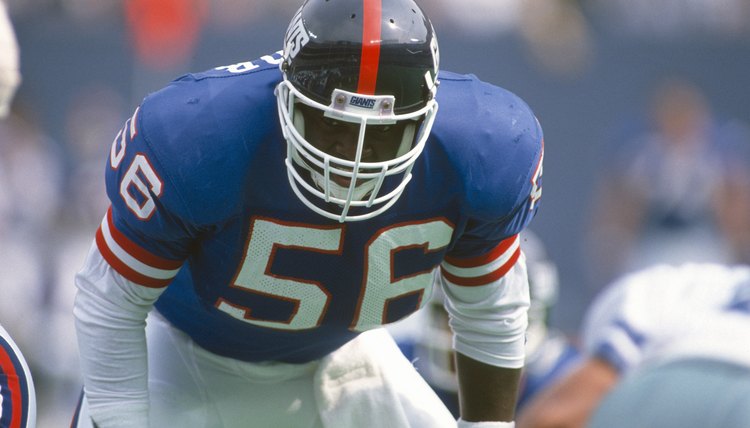
Lawrence Taylor instantly made a name for himself in the NFL when he put together one of the best rookie seasons of all time, totaling a career-high 133 tackles, 9.5 sacks, 8 passes defended, two forced fumbles, a fumble recovery, an interception, and being named First Team All-Pro. Taylor would go on to be named a First Team All-Pro for 8 consecutive years after his rookie season, and was the first defensive player to be named the NFL MVP since 1971 in the 1986 season.
2. Ray Lewis
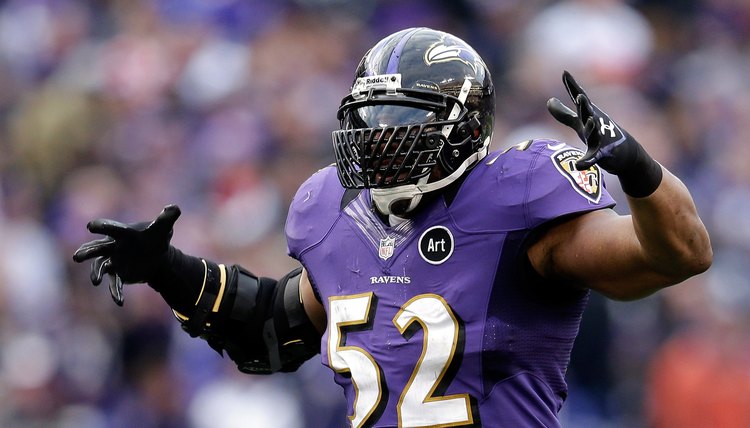
Ray Lewis was a force to be reckoned with on the football field, with toughness and intensity that no one could match during his time. Retiring as a two-time Super Bowl champion, Lewis is recognized as the only player in NFL history to record at least 40 career sacks and 30 career interceptions, and is second to only Jack Ham for career takeaways by a linebacker since the 1970 merger with 31 interceptions and 19 fumble recoveries for a total of 50.
3. Dick Butkus
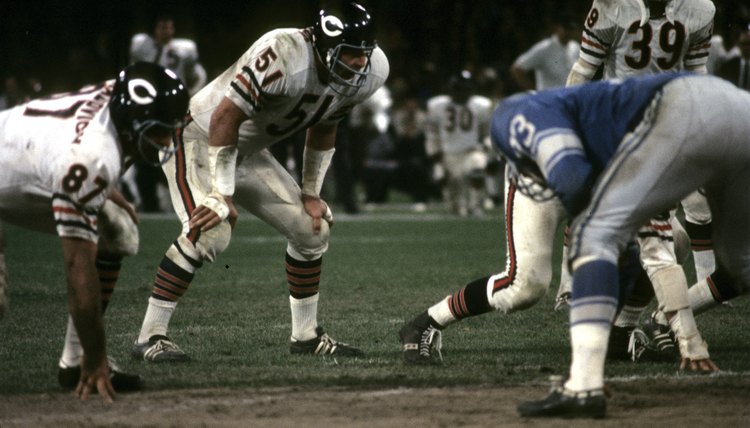
Dick Butkus once said, “When I went out on the field to warm up, I would manufacture things to make me mad. If someone on the other team was laughing, I’d pretend he was laughing at me or the Bears. It always worked for me.” That intensity helped Butkus earn First Team All-NFL honors as a rookie and be one of the best linebackers in each of the 9 seasons he played.
4. Derrick Thomas
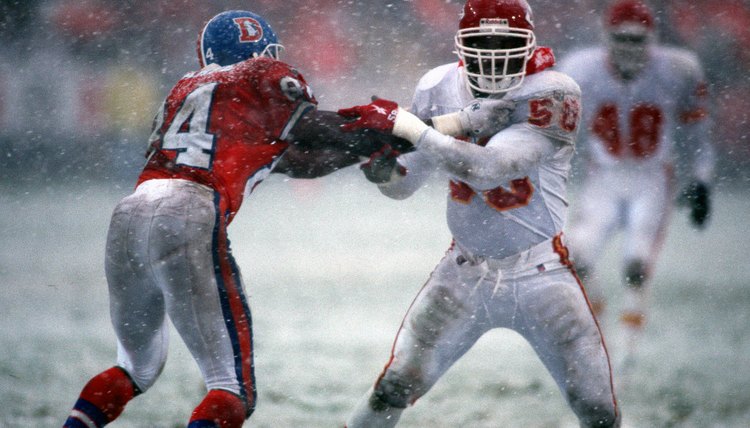
After being the best pass rusher in college football at Alabama, Thomas instantly continued his success with the Chiefs, totaling 10 sacks and being named the Defensive Rookie of the Year in his first NFL season. In his second season, Thomas lead the league with 20.5 sacks, including a game against the Seahawks in which he had 7, and would go on to be named First Team All-Pro. Thomas would continue to dominate during his time in the NFL until his life was tragically cut short by an automobile accident after the 1999 season.
5. Ted Hendricks

One of the biggest linebackers to ever play the game, the 6-7, 220 pound Hendricks was an instant disruption to opponents’ offensive games. Hendricks intercepted 26 passes throughout his career, returning them for a total of 332 yards and one touchdown. As durable as they come, Hendricks played in a total of 215 consecutive regular season games while also competing in eight Pro Bowls, seven AFC Championship games, and four Super Bowls.
6. Derrick Brooks
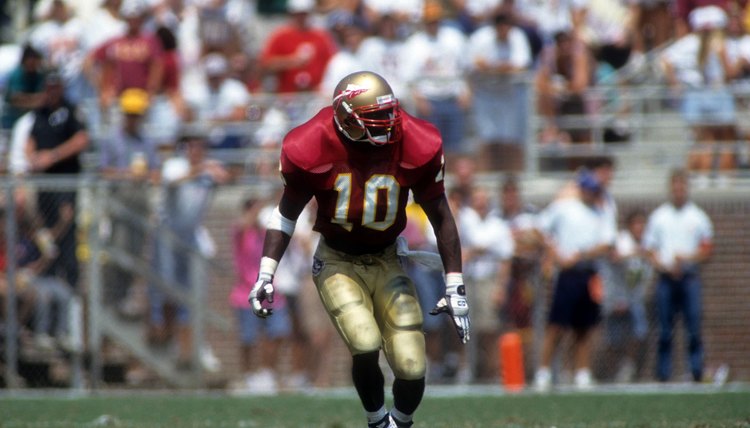
One of the biggest linebackers to ever play the game, the 6-7, 220 pound Hendricks was an instant disruption to opponents’ offensive games. Hendricks intercepted 26 passes throughout his career, returning them for a total of 332 yards and one touchdown. As durable as they come, Hendricks played in a total of 215 consecutive regular season games while also competing in eight Pro Bowls, seven AFC Championship games, and four Super Bowls.
7. Mike Singletary
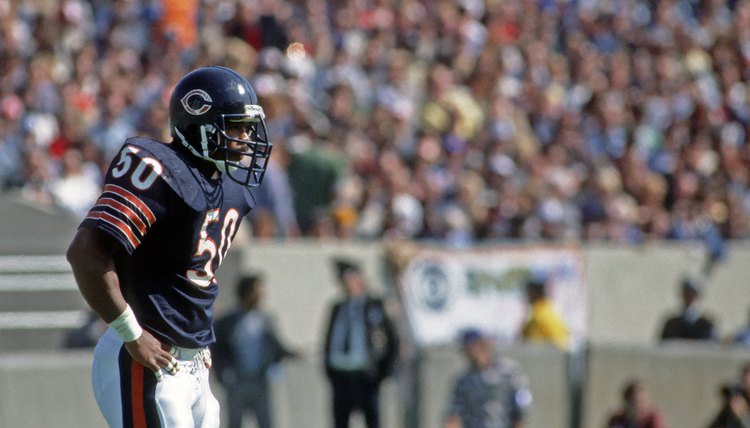
Mike Singletary was one of the main leaders of the legendary 1985 Chicago Bears defense, a unit that is often considered one of the best in NFL history. Missing just two games throughout his entire career, Singletary brought a toughness and an edge to the NFL that not many players were able to do, helping him be selected to a Bears’ record 10 Pro Bowls and being named All-Pro eight times.
8. Jack Lambert

After being named NFL Defensive Rookie of the Year in 1974, Lambert would become a huge piece of the Steelers’ dynasty in the back half of the 1970s. One of the biggest plays of Lambert’s career was a late fourth quarter interception to seal Pittsburgh’s Super Bowl XIV win over the Los Angeles Rams.
9. Junior Seau
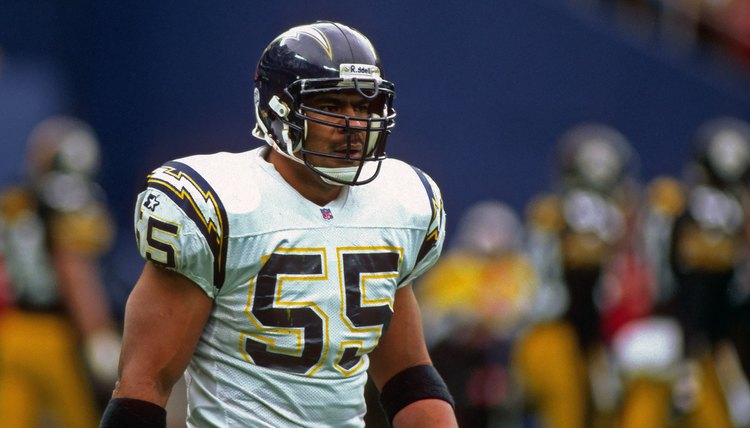
Junior Seau’s incredible career is highlighted by the perseverance and longevity to play 20 seasons in the NFL at an extremely high level. Playing in 268 career games, Seau recorded 10 or more tackles in a regular season game 64 times, totaled 56.5 career sacks, and intercepted 18 passes, returning them for a total of 238 yards.
References
Writer Bio
Chris Callaway started writing professionally in 2007 and has worked as sports editor, managing editor and senior editor of "The Racquet" as well as written for the "La Crosse Tribune" and other newspapers in western Wisconsin. He graduated from the University of Wisconsin-La Crosse with a Bachelor of Arts in English and communications.
